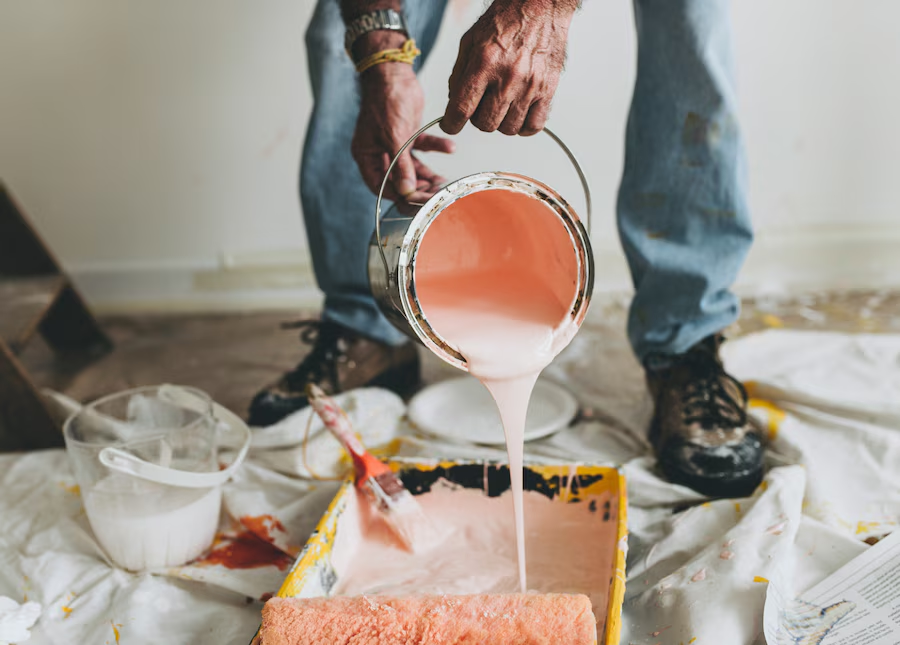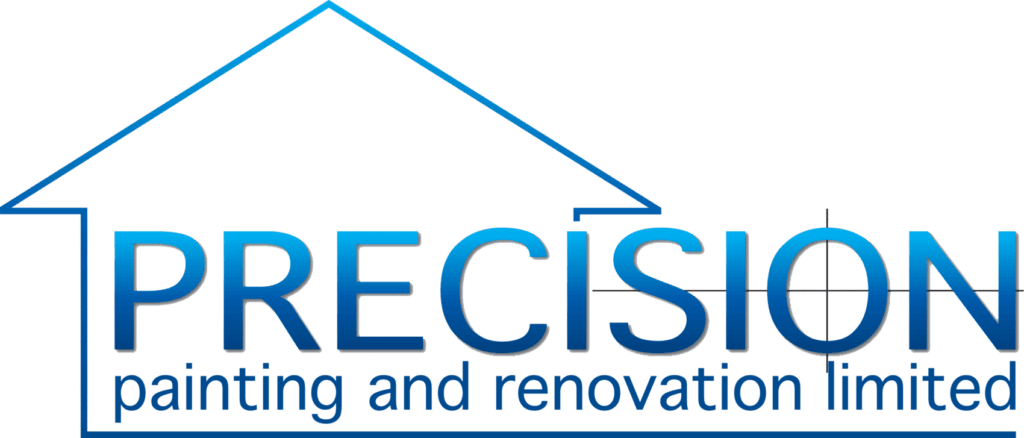Painting is one of the most effective ways to refresh a space, enhance curb appeal, and protect surfaces from wear and tear. Whether it’s interior walls, exterior siding, or specialty surfaces like wood, metal, or concrete, selecting the right paint is crucial for long-lasting results. Homeowners and professionals looking for house painting services need to consider multiple factors, including paint type, finish, durability, and compatibility with the surface.

Different Types of Paint
There are two primary categories of paint: water-based (latex/acrylic) and oil-based (alkyd). Each type has specific properties that determine its suitability for different applications.
1. Water-Based Paints (Latex and Acrylic)
- Best for: Interior walls, ceilings, exterior siding, and trim.
- Advantages: Quick drying, low odor, easy cleanup with water, and resistance to cracking and fading.
- Considerations: It may not adhere well to glossy or previously oil-painted surfaces without proper priming.
2. Oil-Based Paints (Alkyd)
- Best for: Doors, trim, cabinets, furniture, and high-traffic areas.
- Advantages: Durable, smooth finish, excellent adhesion, and resistance to moisture and stains.
- Considerations: It has a Longer drying time, strong odor, and requires mineral spirits or turpentine for cleanup.
Choosing the Right Paint for Specific Surfaces
1. Interior Walls and Ceilings
For most interior walls, water-based latex paint is the preferred choice due to its ease of application and maintenance. The sheen level plays a significant role in durability and appearance:
- Flat/Matte Finish – Ideal for low-traffic areas like bedrooms and ceilings. It hides imperfections but is less washable.
- Eggshell/Satin Finish – A versatile choice for living rooms, hallways, and kitchens. It provides a slight sheen, making it easier to clean.
- Semi-Gloss/Glossy Finish – Best for kitchens, bathrooms, and trim due to its moisture resistance and durability.
2. Exterior Walls
Outdoor surfaces are exposed to weather conditions, making exterior-grade latex paint a preferred option. Acrylic formulations provide excellent durability, flexibility, and UV resistance.
- Masonry (Brick, Stucco, and Concrete) – Use a breathable acrylic-latex paint that resists cracking and moisture penetration.
- Wood Siding – Acrylic-latex paint is ideal, but oil-based primers may be needed for better adhesion.
- Metal Siding – Rust-resistant, oil-based, or specialty metal paints work best for longevity.
3. Wood Surfaces
- Interior Wood (Trim, Doors, and Cabinets) – Semi-gloss or gloss finish offers durability and a refined look.
- Exterior Wood (Decks, Fences, and Siding) – Use a paint or stain designed for outdoor exposure, ensuring moisture and UV resistance.
4. Metal Surfaces
- Best Paint Type: Oil-based or direct-to-metal (DTM) paints for superior adhesion.
- Key Preparation Steps: Remove rust, apply a metal primer, and choose paints with corrosion inhibitors for lasting protection.
5. Concrete and Masonry
- Interior Concrete (Basements and Floors): Epoxy-based or concrete-specific latex paints provide durability and chemical resistance.
- Exterior Concrete (Driveways and Walkways): Use acrylic or elastomeric coatings that withstand foot traffic and weather conditions.
6. Bathroom and Kitchen Surfaces
These areas require moisture-resistant paints. Semi-gloss or satin finishes offer easy cleaning and mildew resistance. Specialty bathroom and kitchen paints contain anti-microbial agents to prevent mold growth.
Factors to Consider When Selecting Paint
1. Durability and Longevity
High-quality paints last longer and require fewer touch-ups. Look for options with strong adhesion, fade resistance, and washability.
2. Color Retention and Fade Resistance
For exterior applications, UV-resistant paints prevent fading and maintain vibrancy over time. Light colors reflect heat better than dark shades.
3. VOC Levels and Environmental Impact
Low-VOC or zero-VOC paints are better for indoor air quality, reducing exposure to harmful fumes. Many manufacturers offer eco-friendly formulas without compromising performance.
4. Adhesion and Surface Compatibility
Certain surfaces require a primer before painting. Glossy, non-porous, or previously painted surfaces may need sanding or a bonding primer for better adhesion.
5. Application and Maintenance
The right paint should be easy to apply, dry within a reasonable time, and withstand regular cleaning. High-traffic areas demand scrubbable finishes.
Why Choose Precision Painting?
At Precision Painting, we understand the importance of selecting the right paint for each surface. Our expert team ensures proper preparation, premium-quality materials, and a flawless finish that enhances both aesthetics and durability. Whether it’s an interior refresh, exterior upgrade, or specialty surface, we deliver professional results tailored to your needs. With a commitment to excellence and customer satisfaction, Precision Painting guarantees a long-lasting transformation for your home or business.

